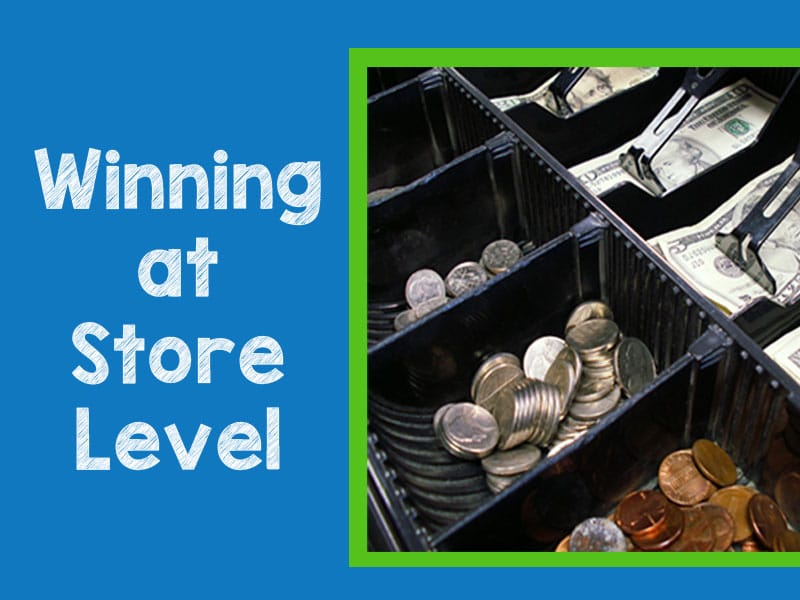
Winning at store level is not like entering the local derby and crossing your fingers! If you want your product to “win”, you need a strategic plan – hopefully it was already part of your 2022 business goals!
So – we’re going to look at three ways that product placement can work to reach consumers, build the brand, and win at the store level. Despite the fierce competition from other brands, it’s doable!
1. Get the Right Product in the Right Place on the Shelf
Selling your product in stores means thinking how the customer shops! When you go to a store, where do you look first? It’s crucial you ensure the consumer sees your brand and products. You also need:
- Proper shelf placement – this will directly affect your sales results, so plan strategically to find the ideal spot. Go for the core zone (middle of the plan-o-gram) and stay off the top and bottom shelf. You will want a minimum of three facings for your brand to build a brand block.
- Tracking out of how many units you need per store per week (you need to avoid empty shelves and have an accurate forecast)
But the ideal spot to win at store level is not the same for everyone!
Even though eye-level shelves (so-called prime real estate!) and endcaps are the most popular, other factors are at play. For this reason, you need to
- keep track of real-time sales data from different positioning,
- maintain good relationships with buyers/retailers
2. Drive Incremental Points of Distribution in the Store
For winning at store level, you have to strategize a placement hierarchy for your product. Creating incremental points of distribution throughout the store creates brand exposure and sales. Take time to create a store roadmap for the brand.
If you’re a small brand, consider which placement you have in mind for next as you work towards your prime space.
You can certainly try for shippers or endcaps to display products, pre-packed merchandise, and to introduce new products to the market. Or you can try placing your product at the front end as this is the one place in the store where customers pay for their goods.
When looking to drive these incremental points of distribution, use quantitative sales data as bargaining power.
3. Partnering With Retailers on Their Specific In-Store Marketing Plans
Embrace flexibility and long-termism! Consumer’s money is in tight supply and retailers need help to maintain customers. So – offer to partner long term with them on their marketing campaigns. Suggest a program that benefits you both – and the shopper. For example, perhaps
- participating in Retailer-specific marketing programs
- a BOGO to encourage customer “disloyalty” in your favor!
- in-store sampling programs to create excitement and drive trial
You cannot always win prime shelf placement against famous brands, but flexibility and mutual benefit count for a lot!
We Can Help
No matter where your products are on the shelves right now, you can plan long term and improve sales by tracking your store sales data and taking action. At MomentumCPG, we’d love to help you get started with winning at store level! Schedule a consultation today!